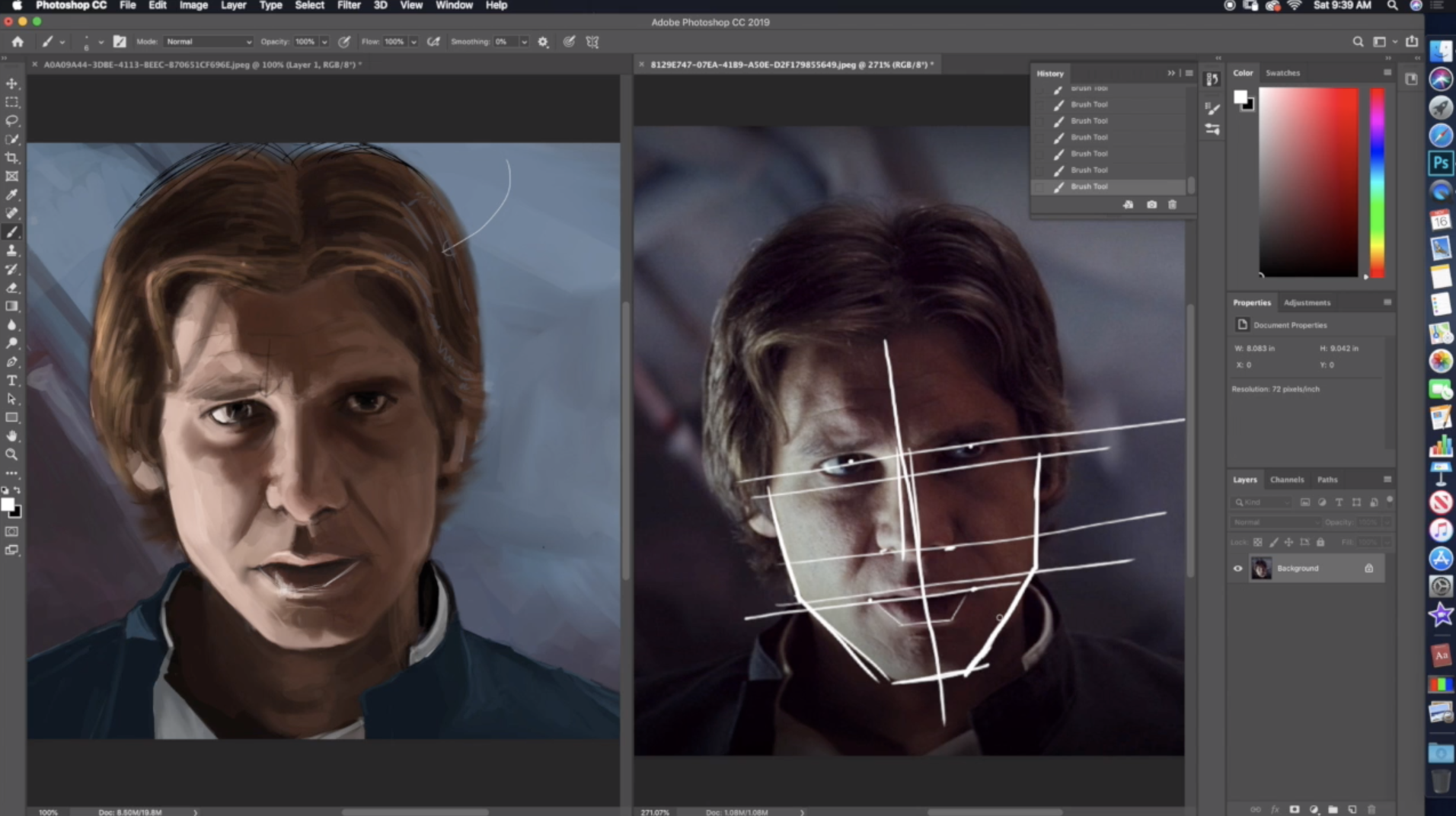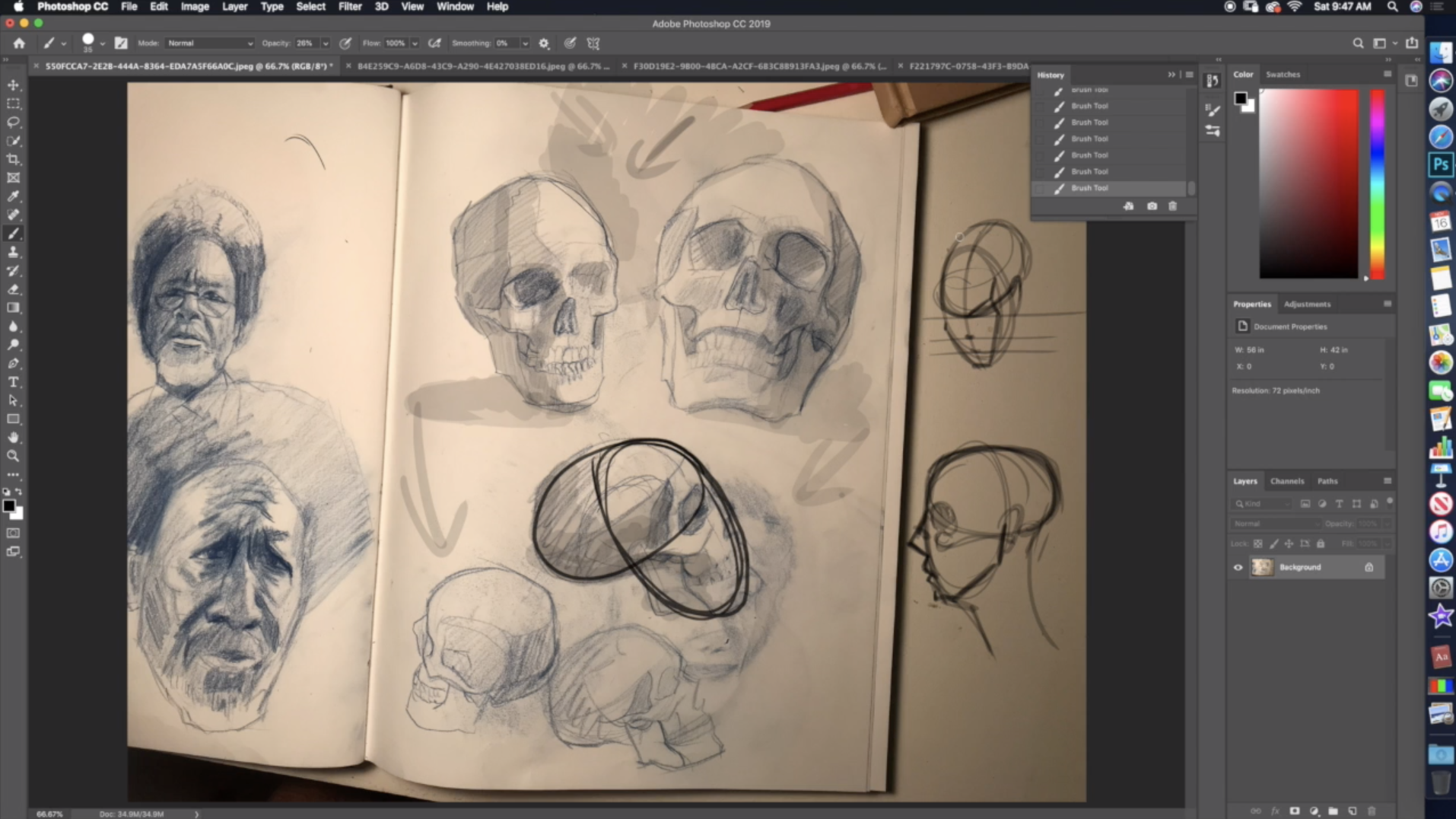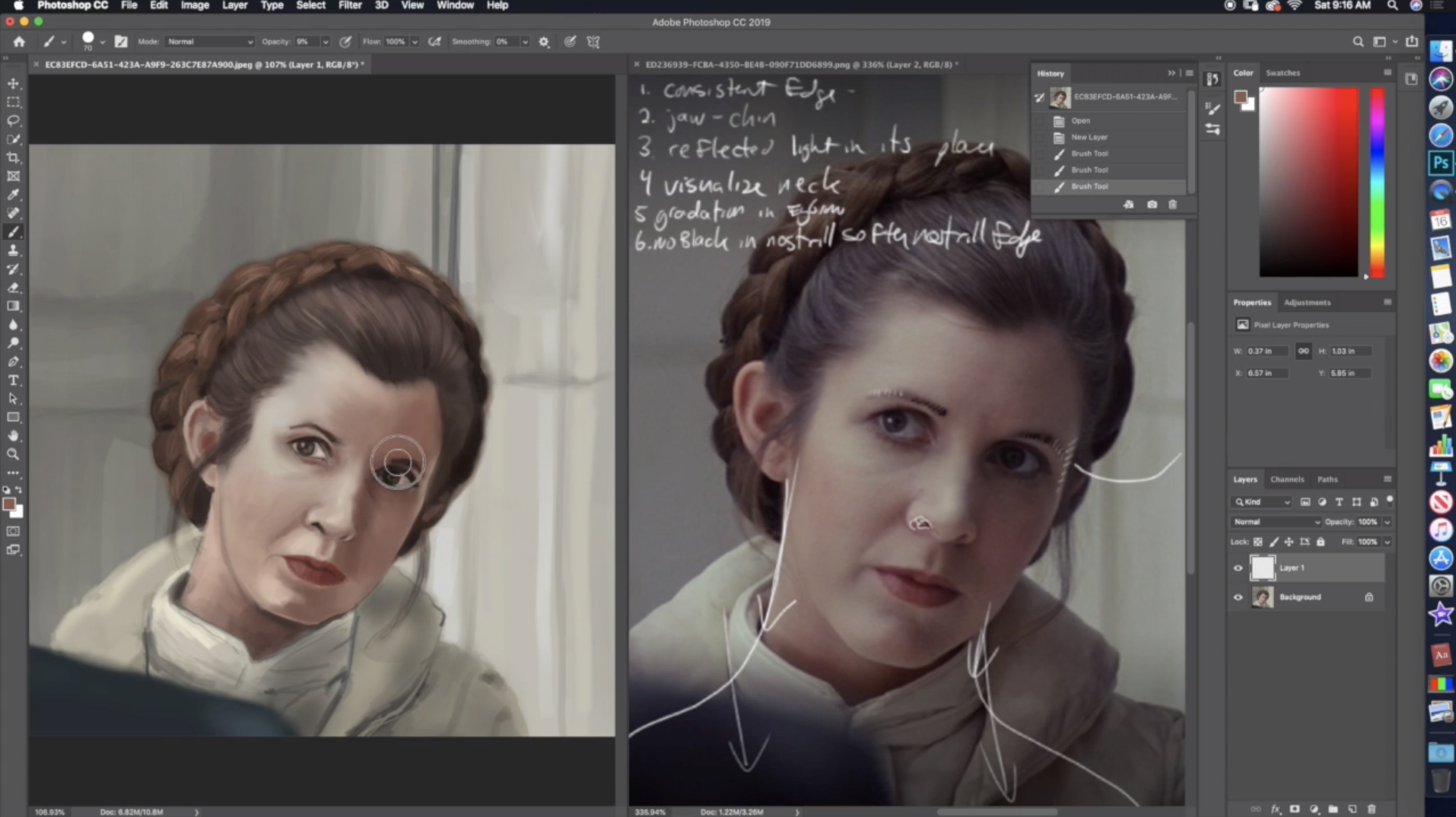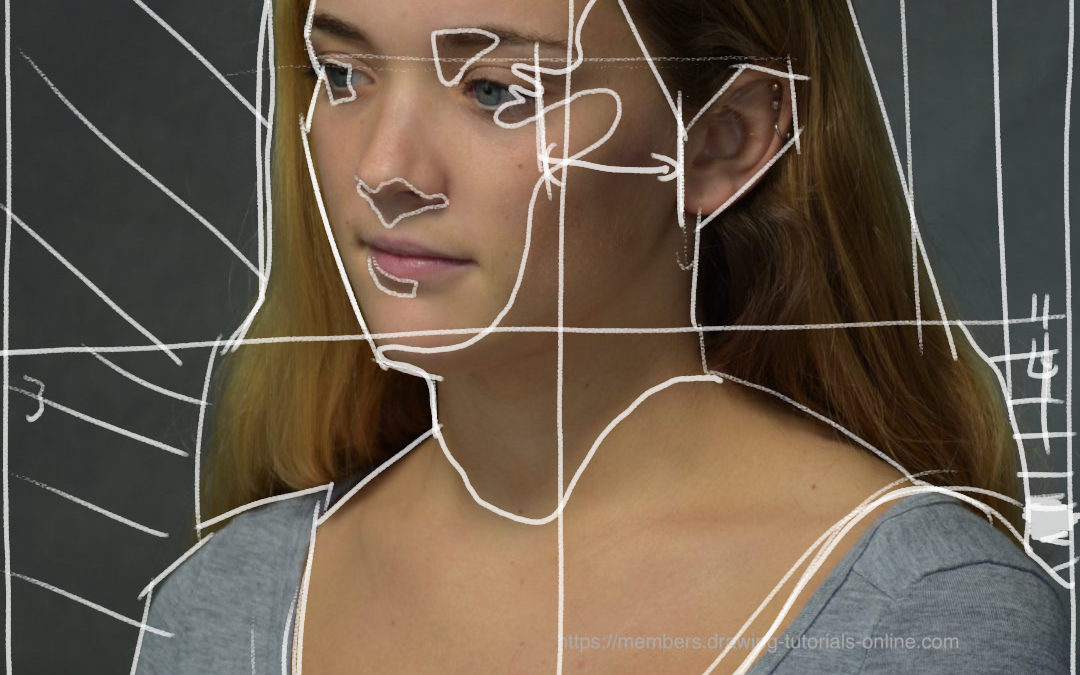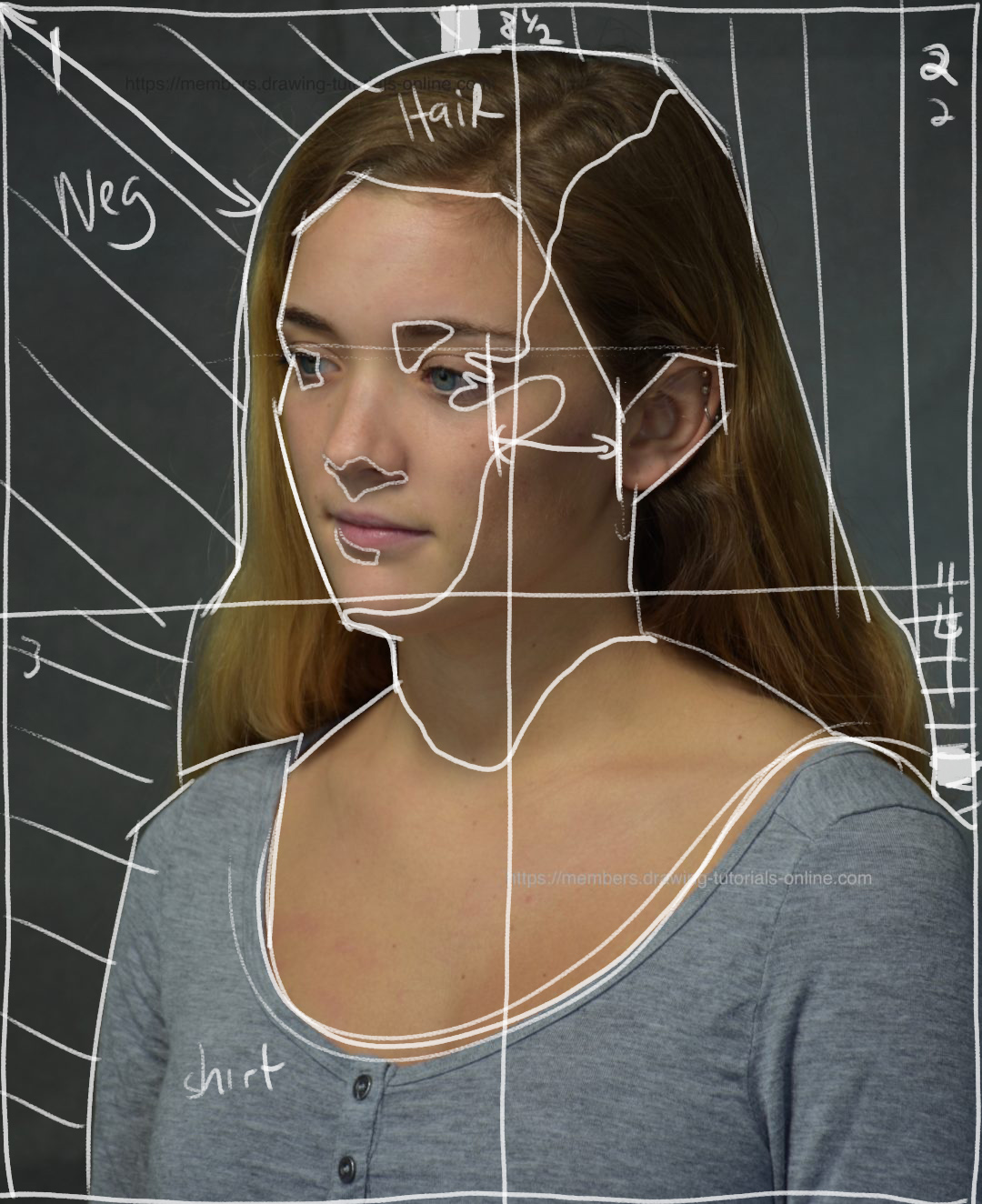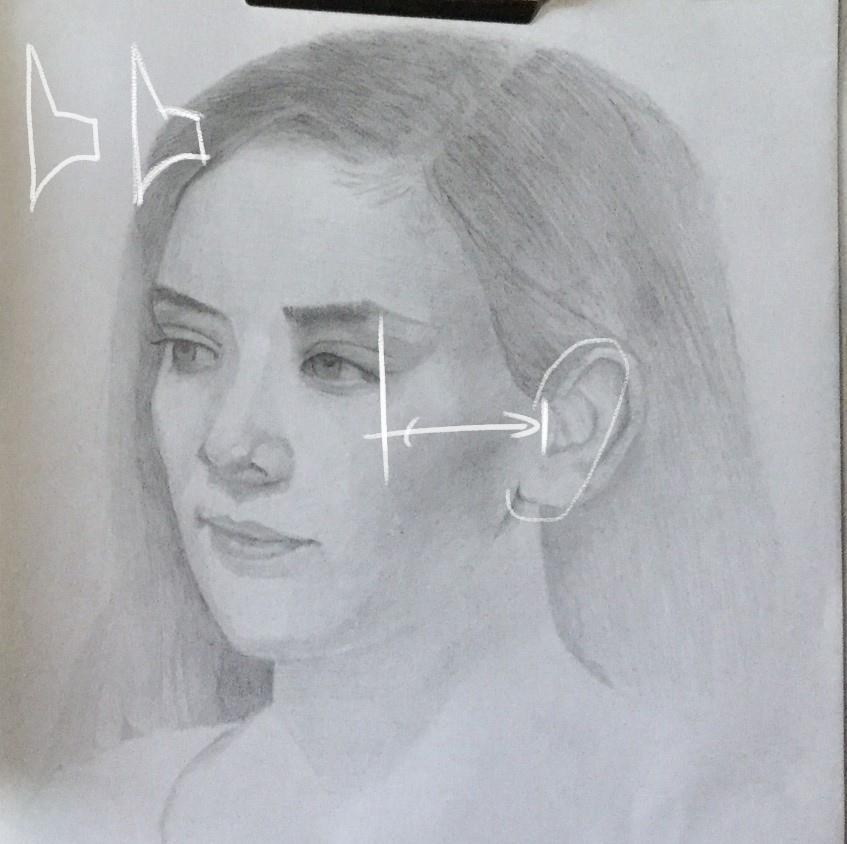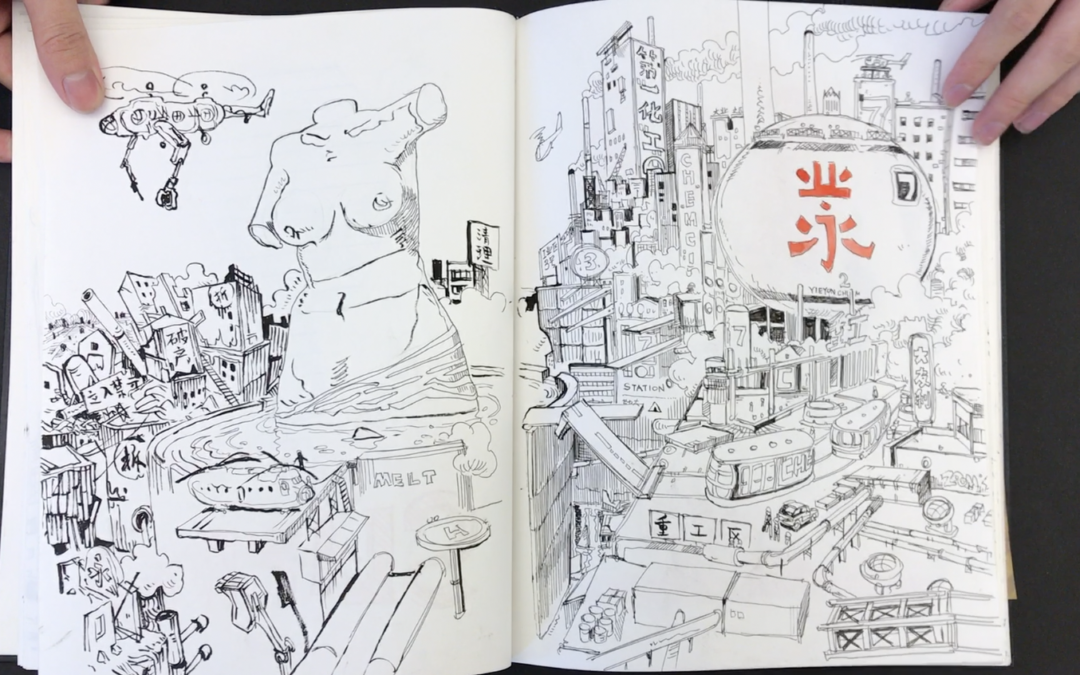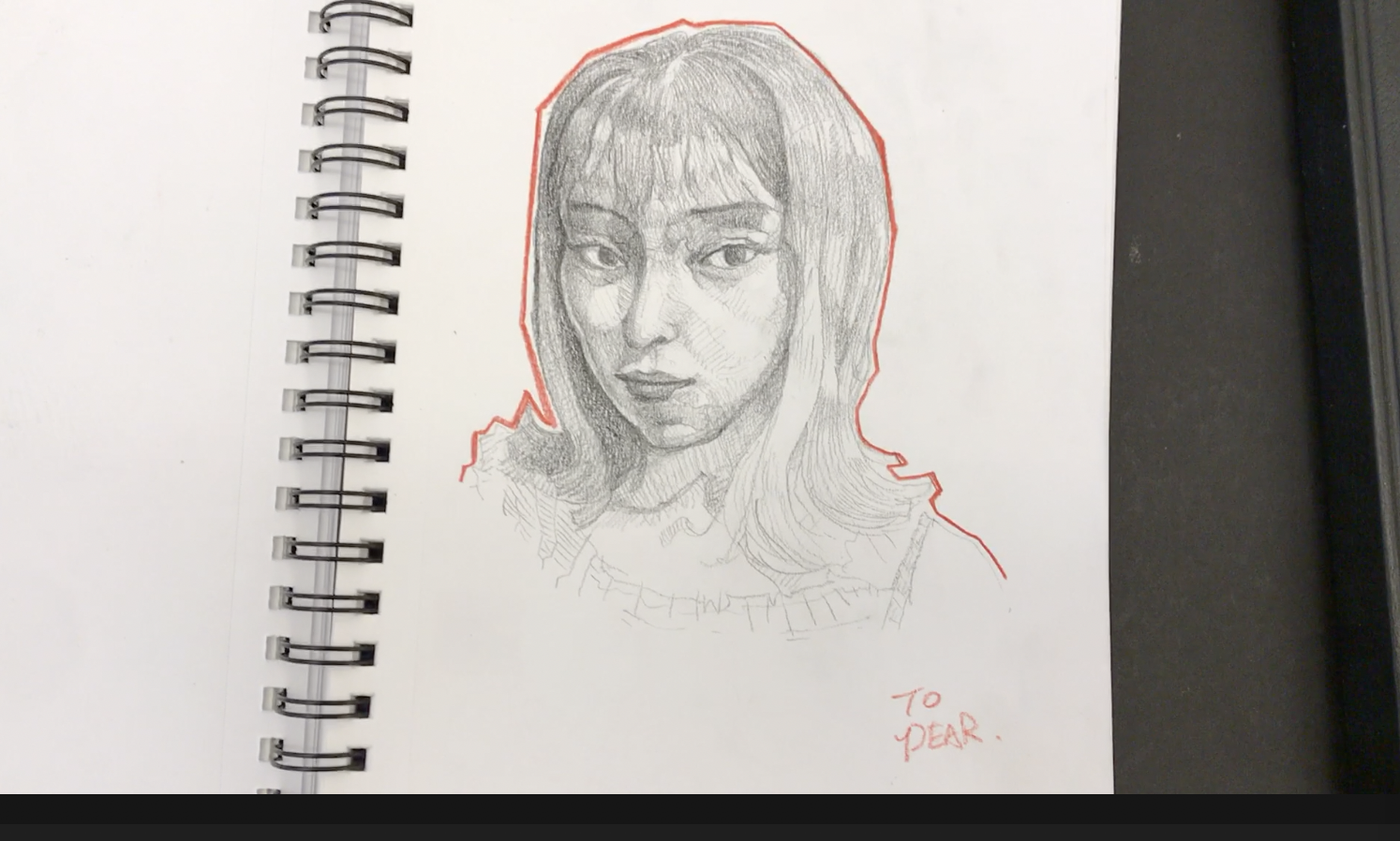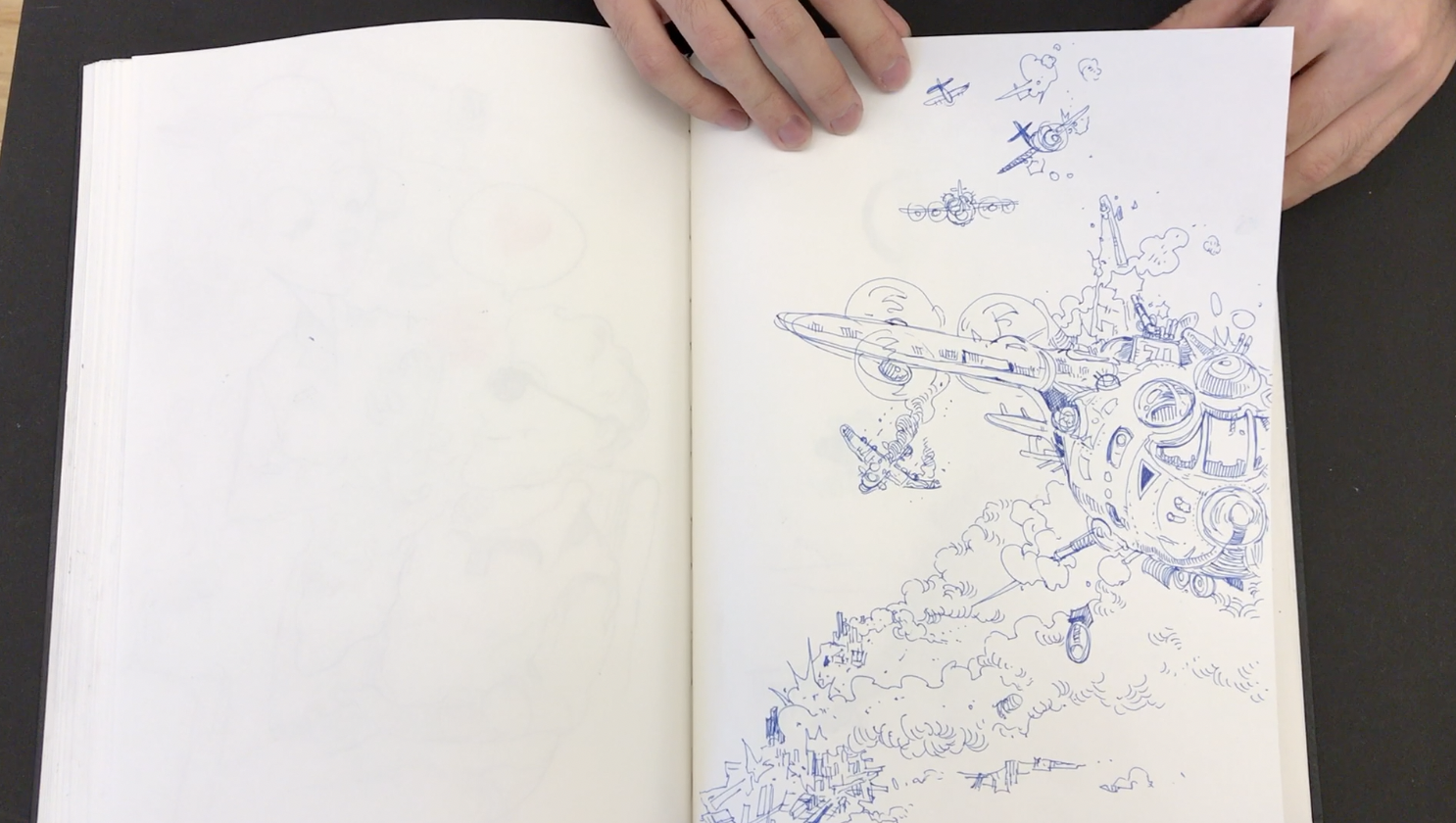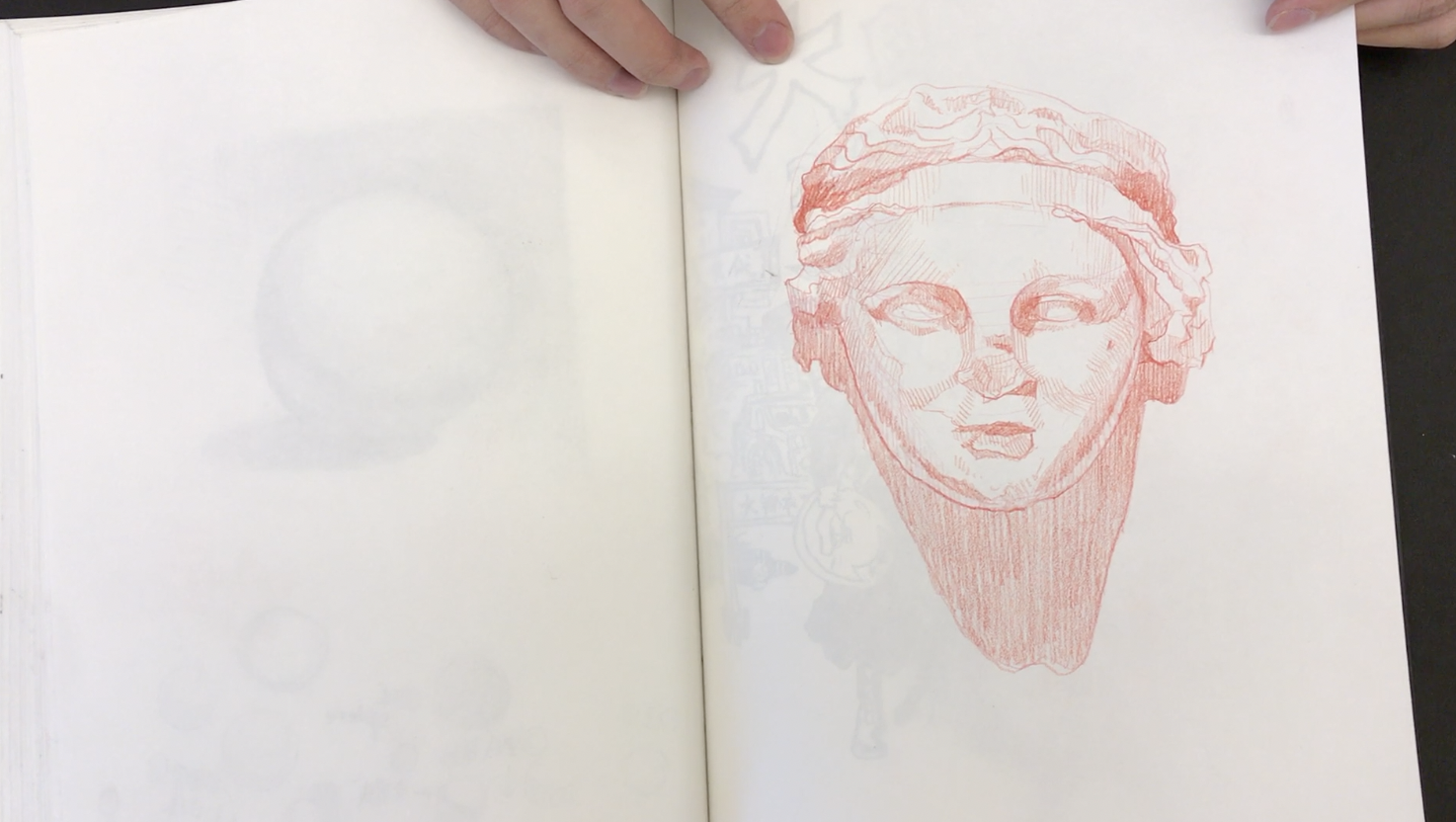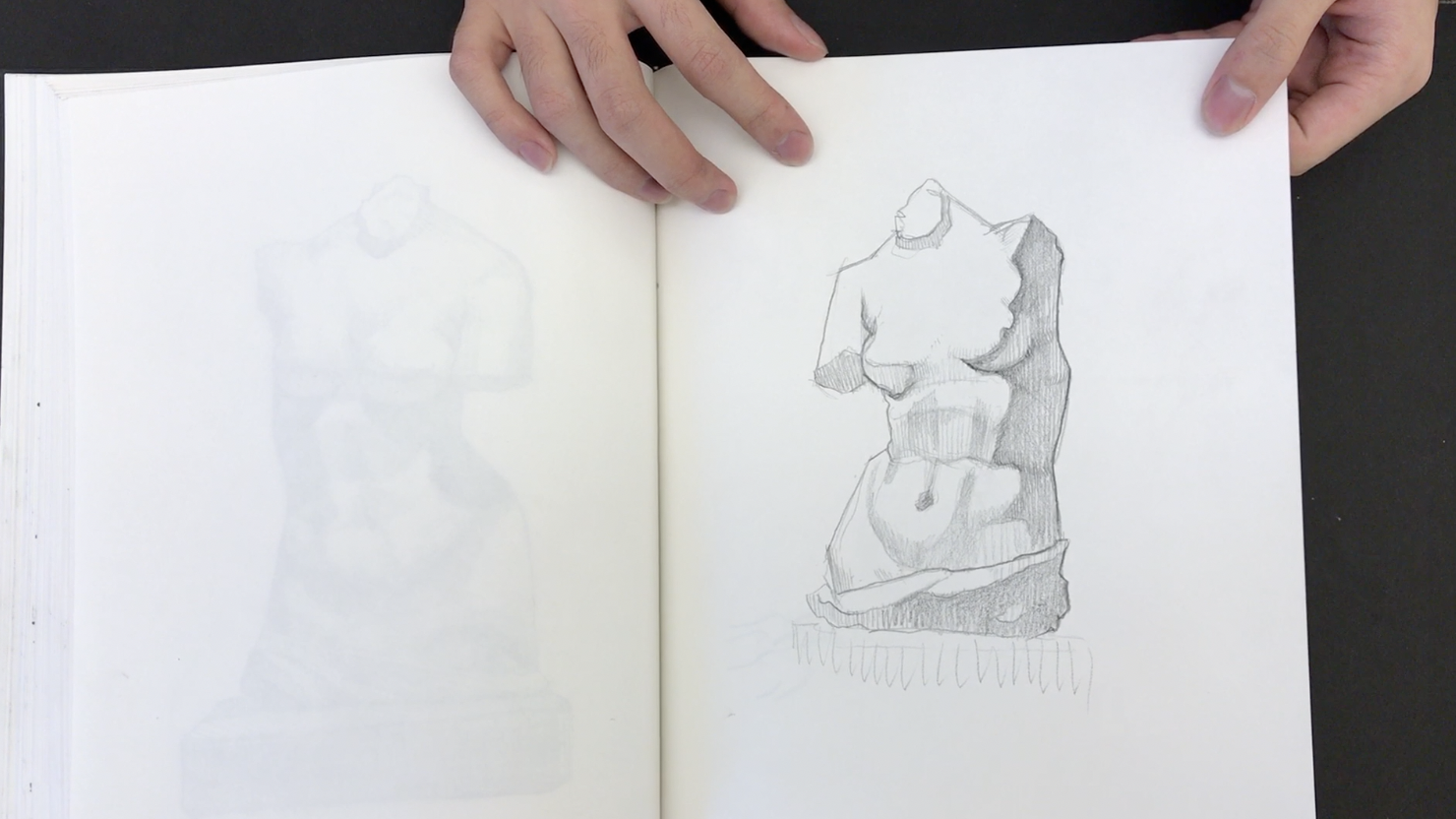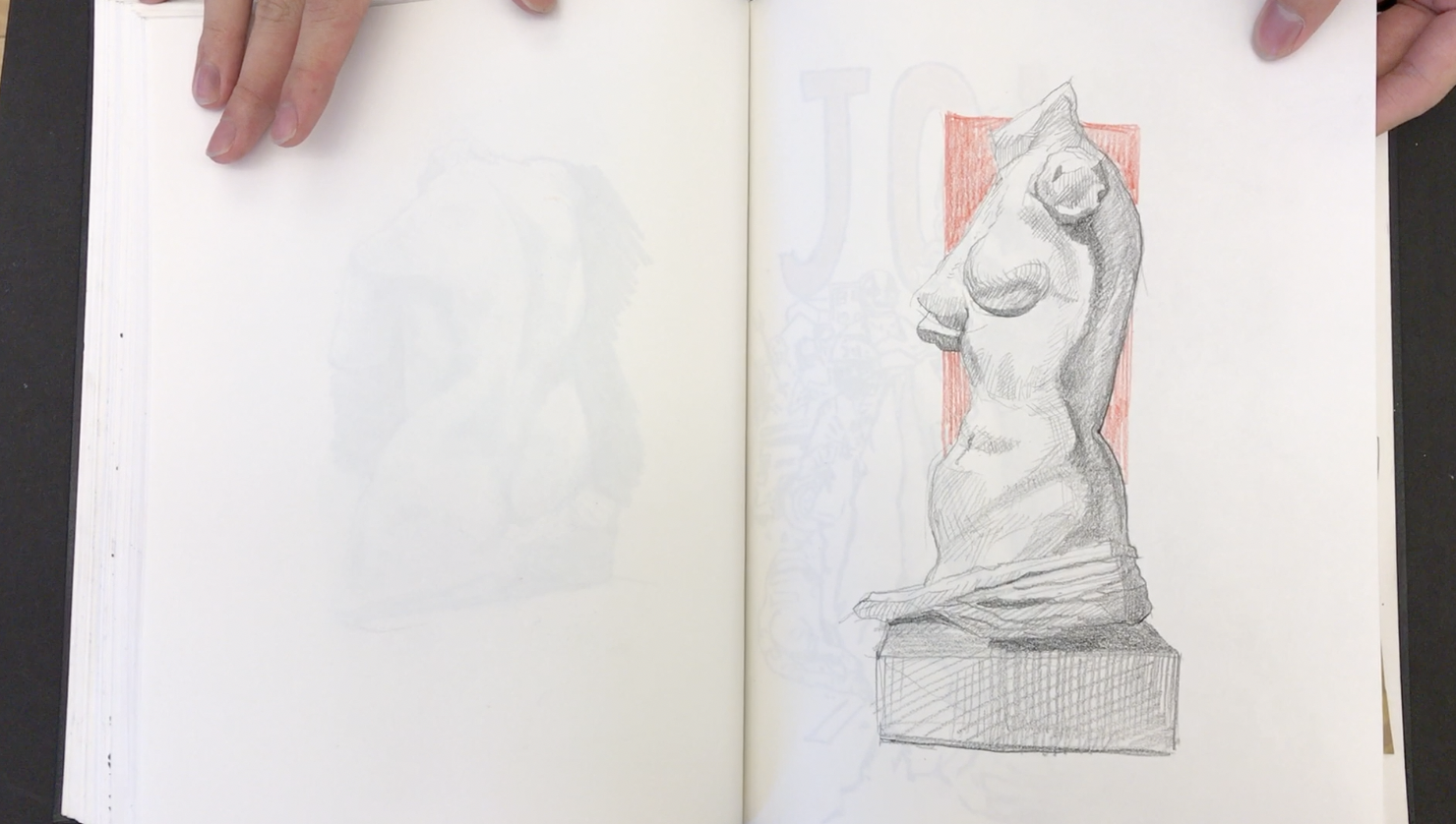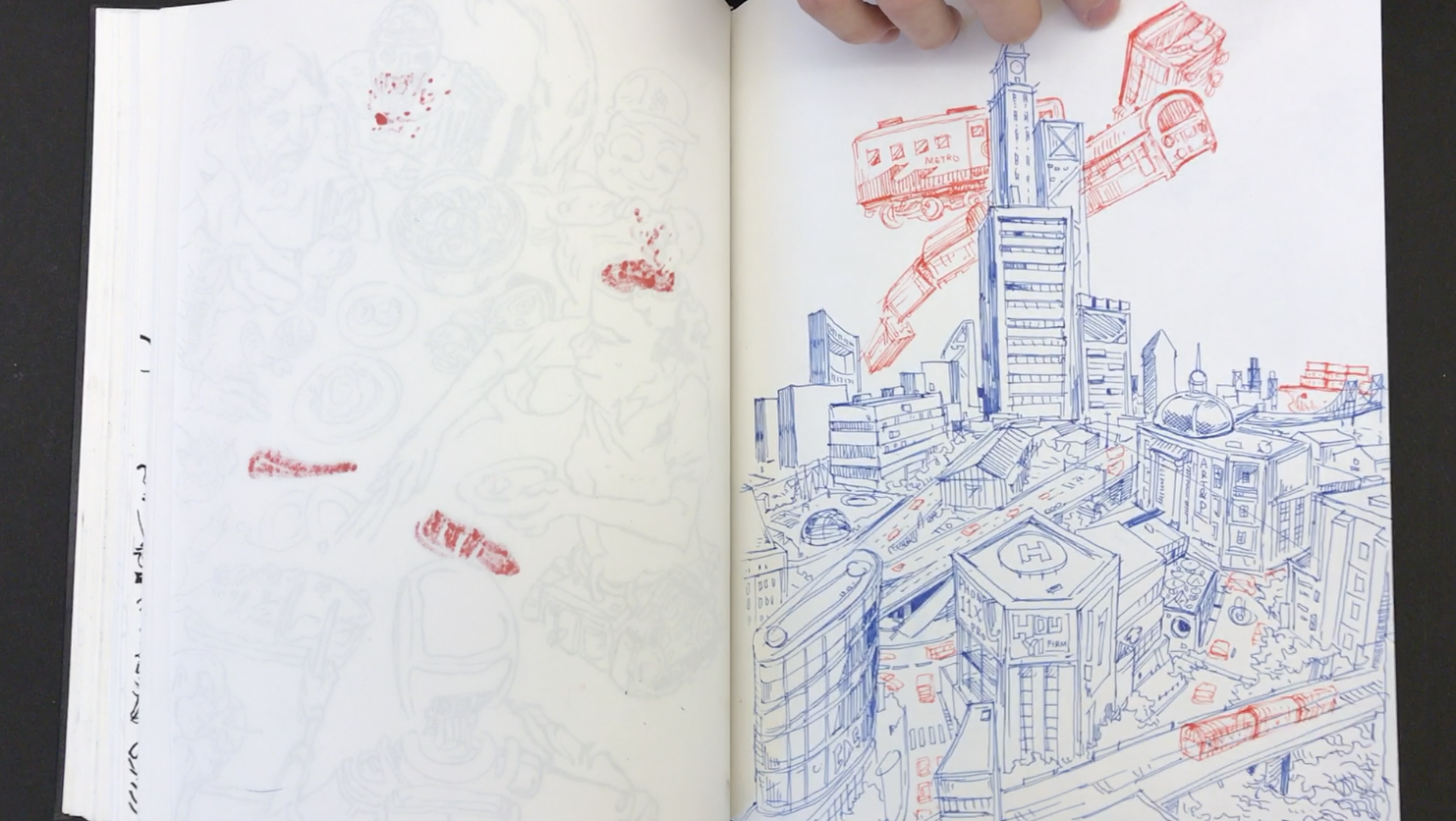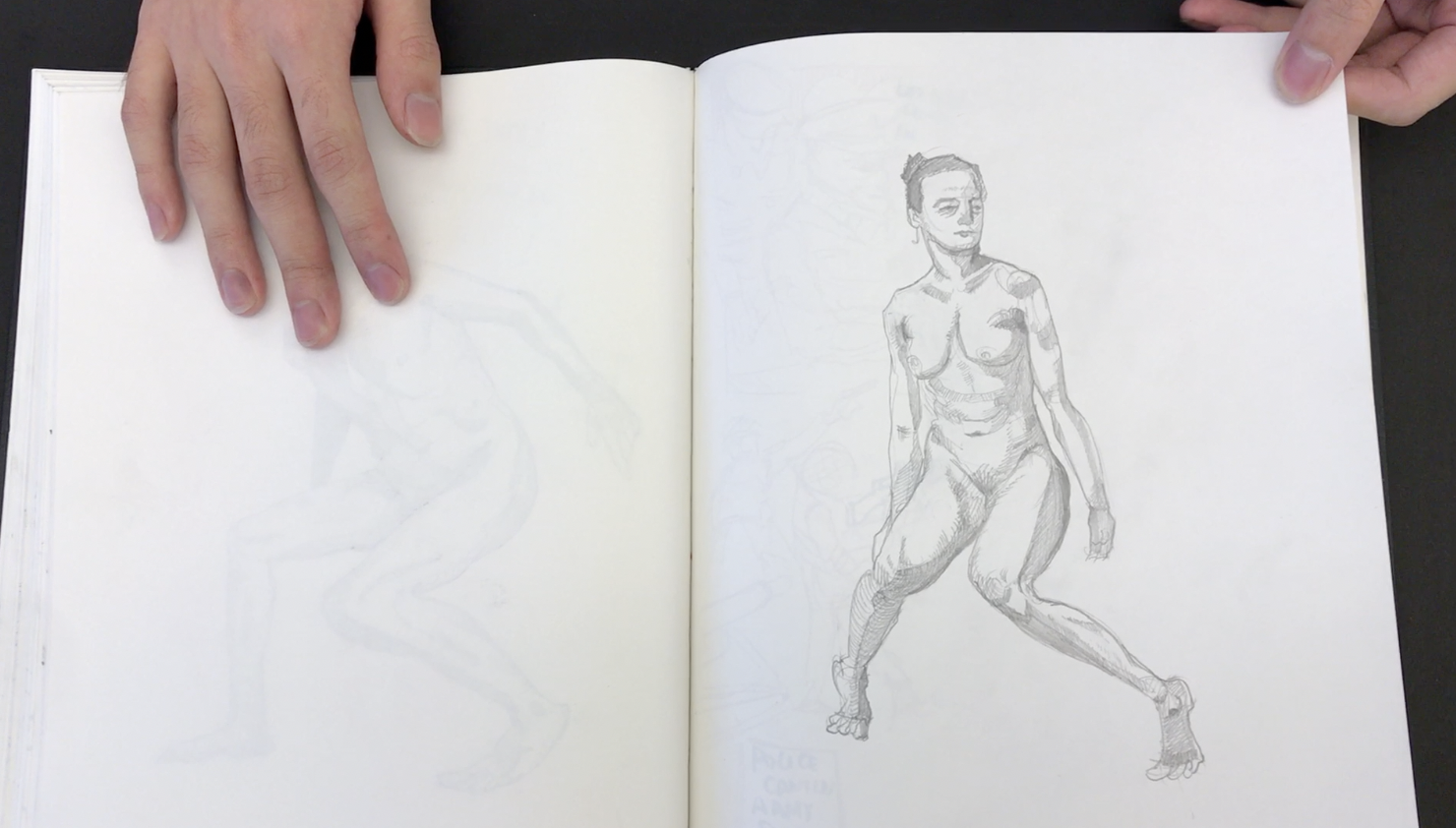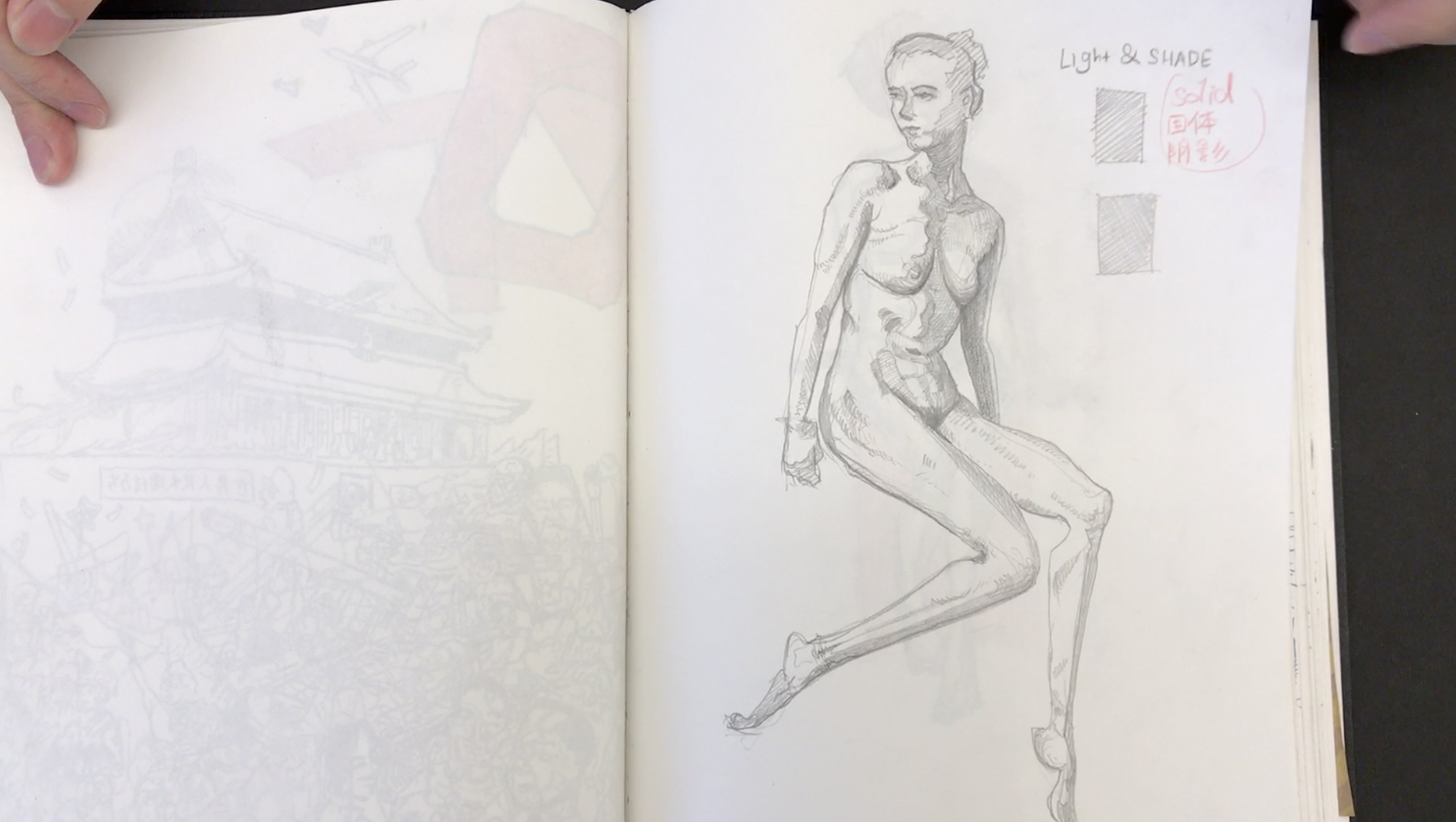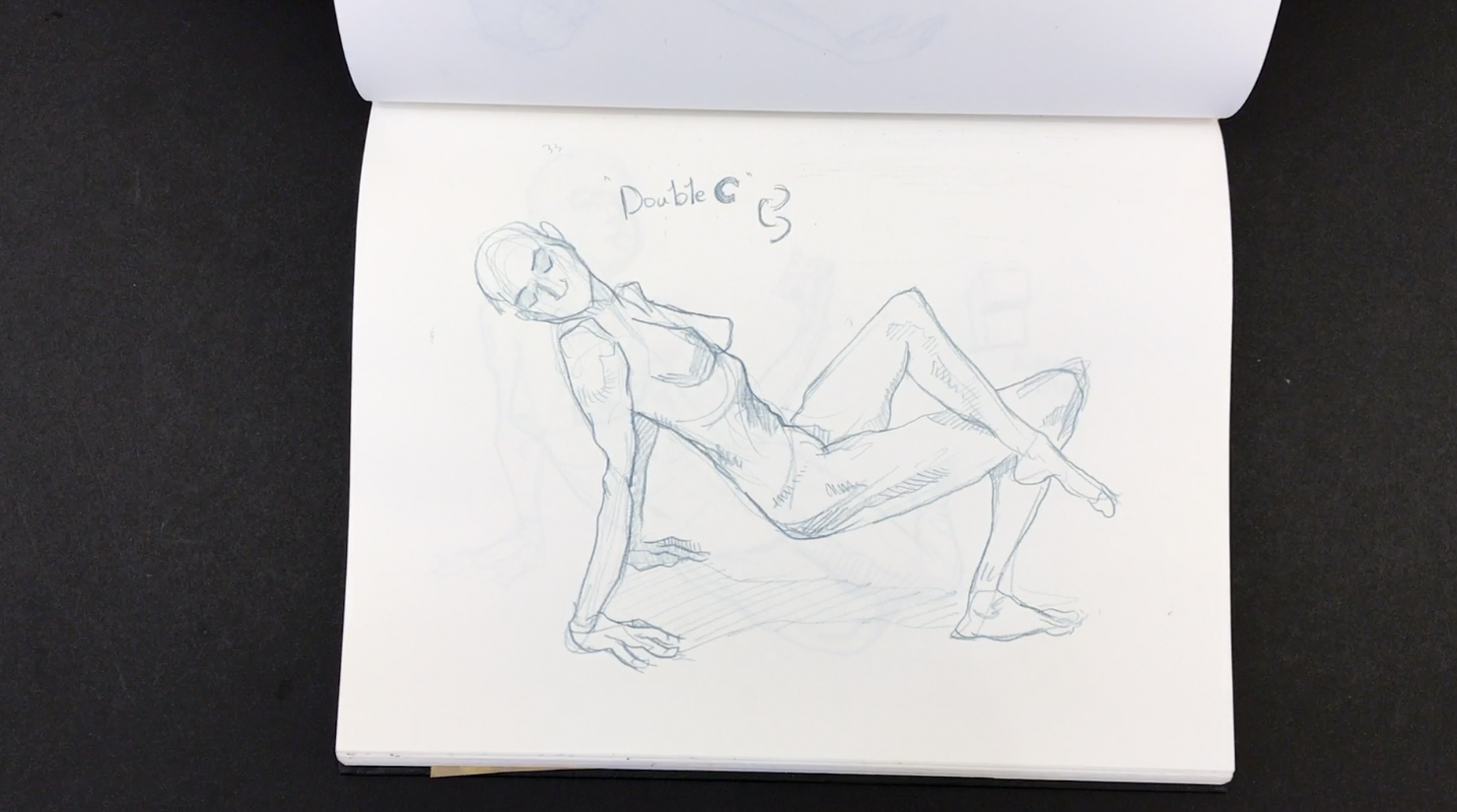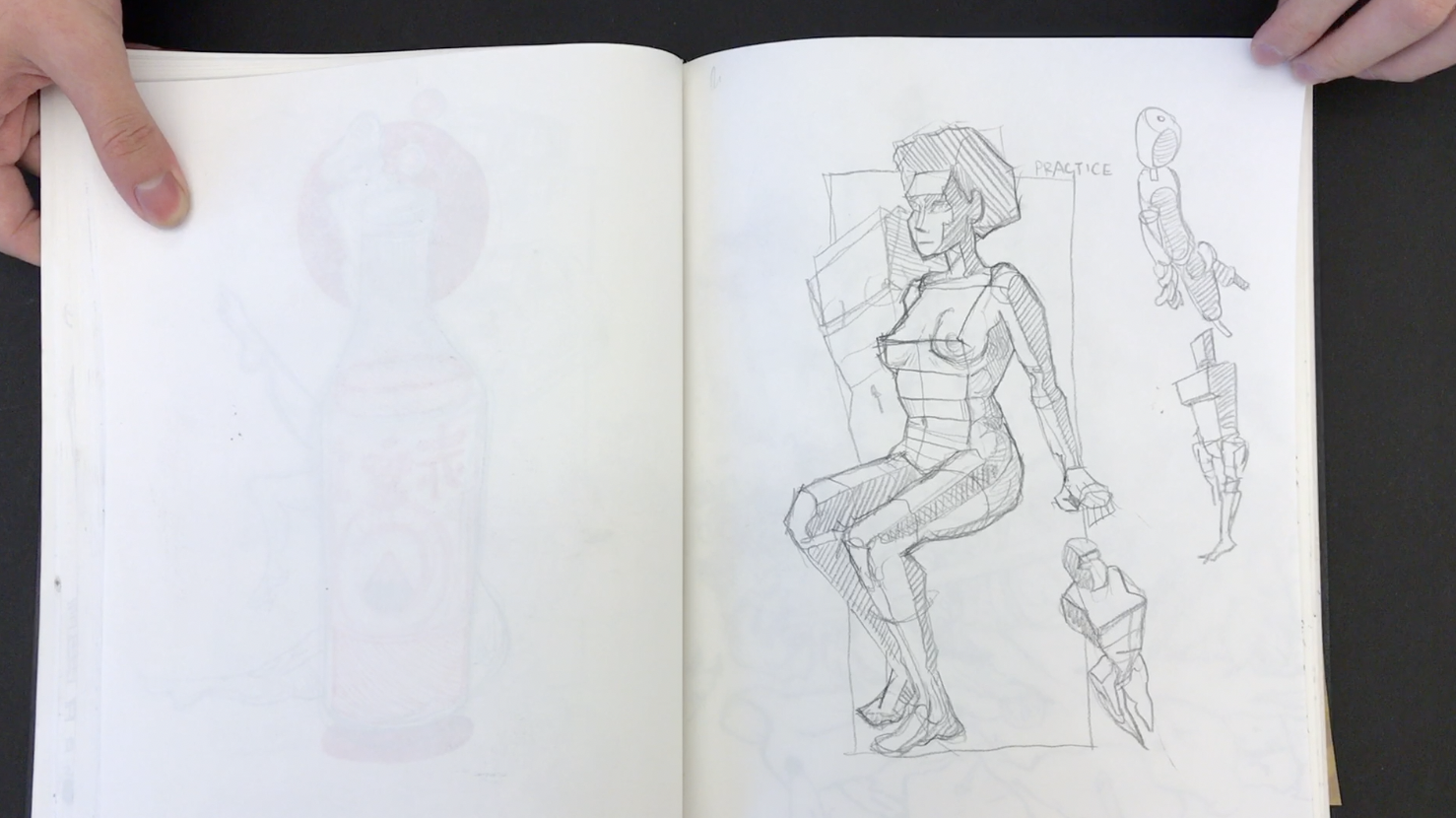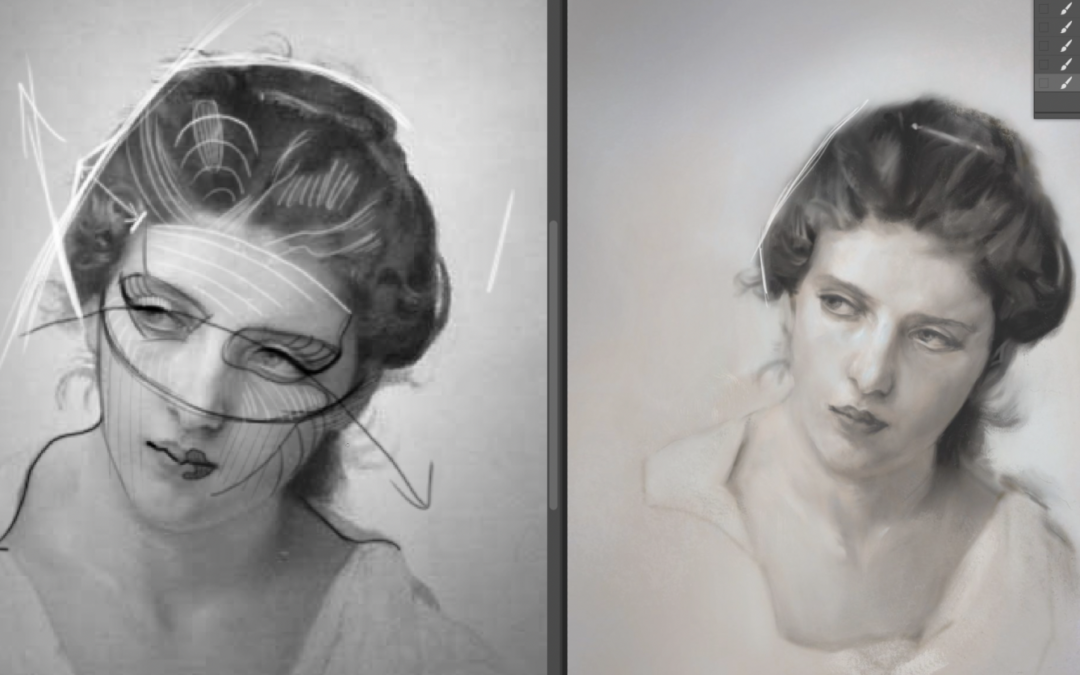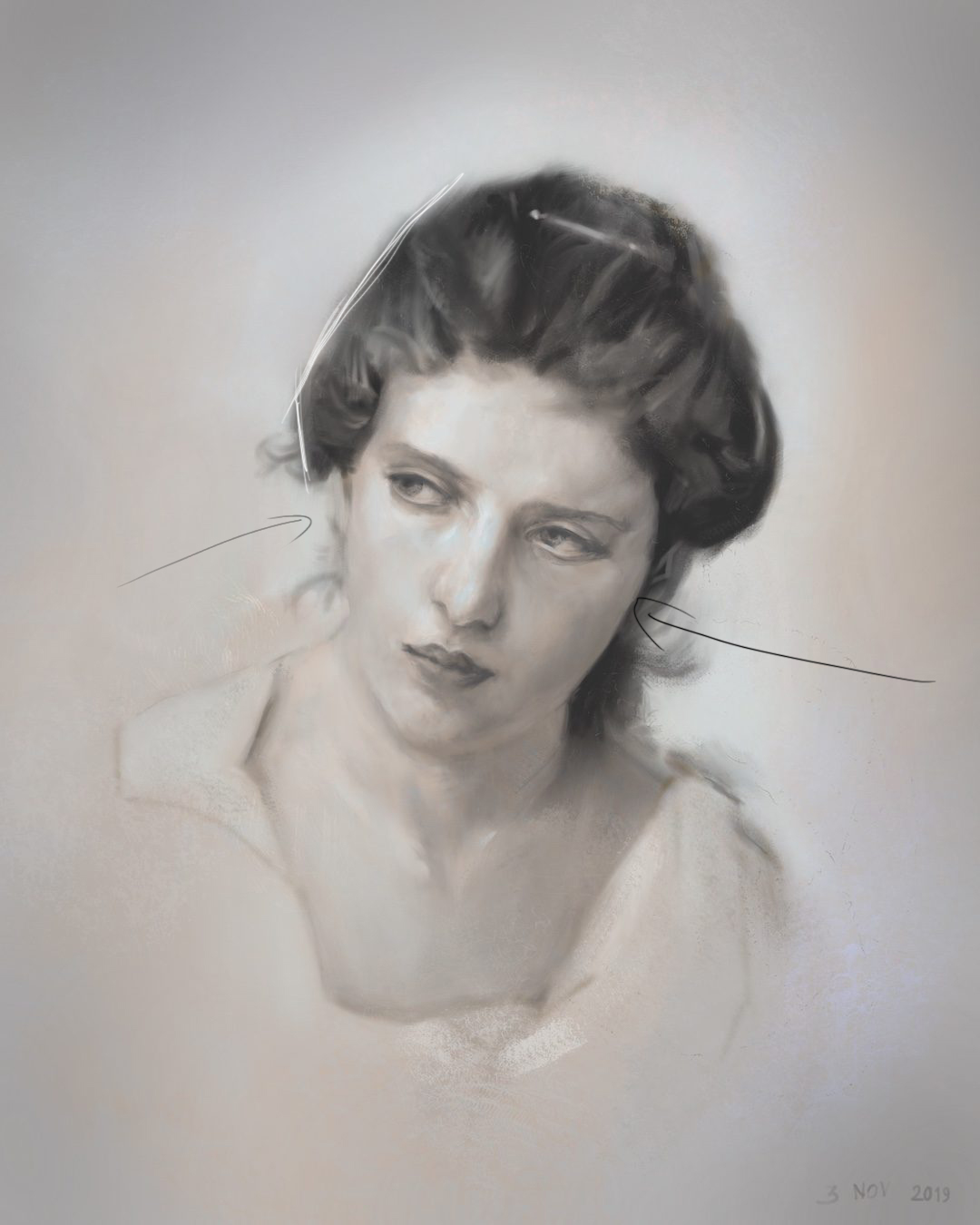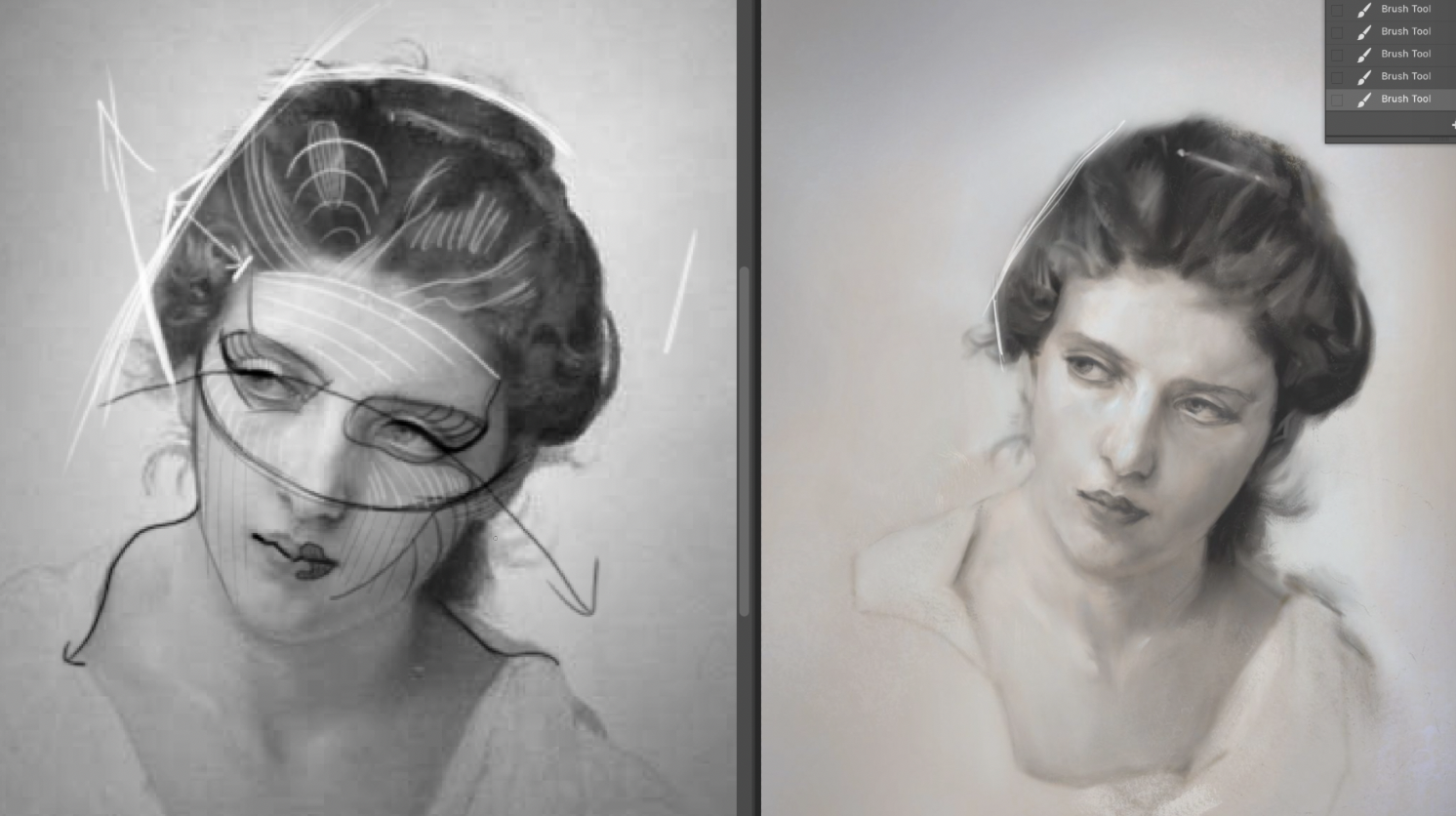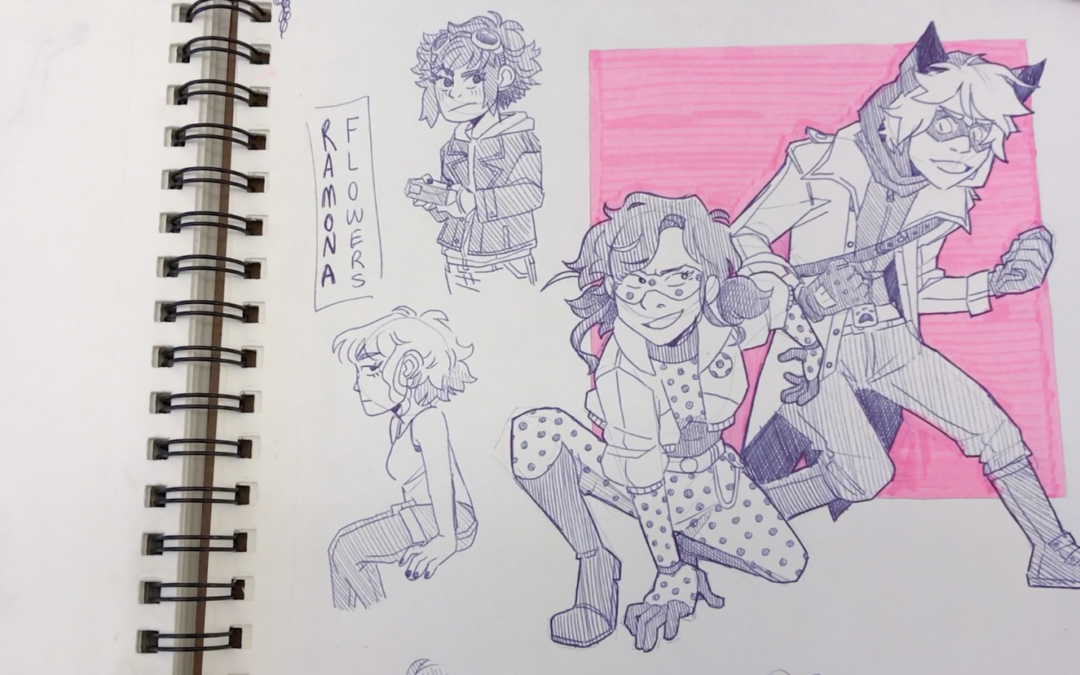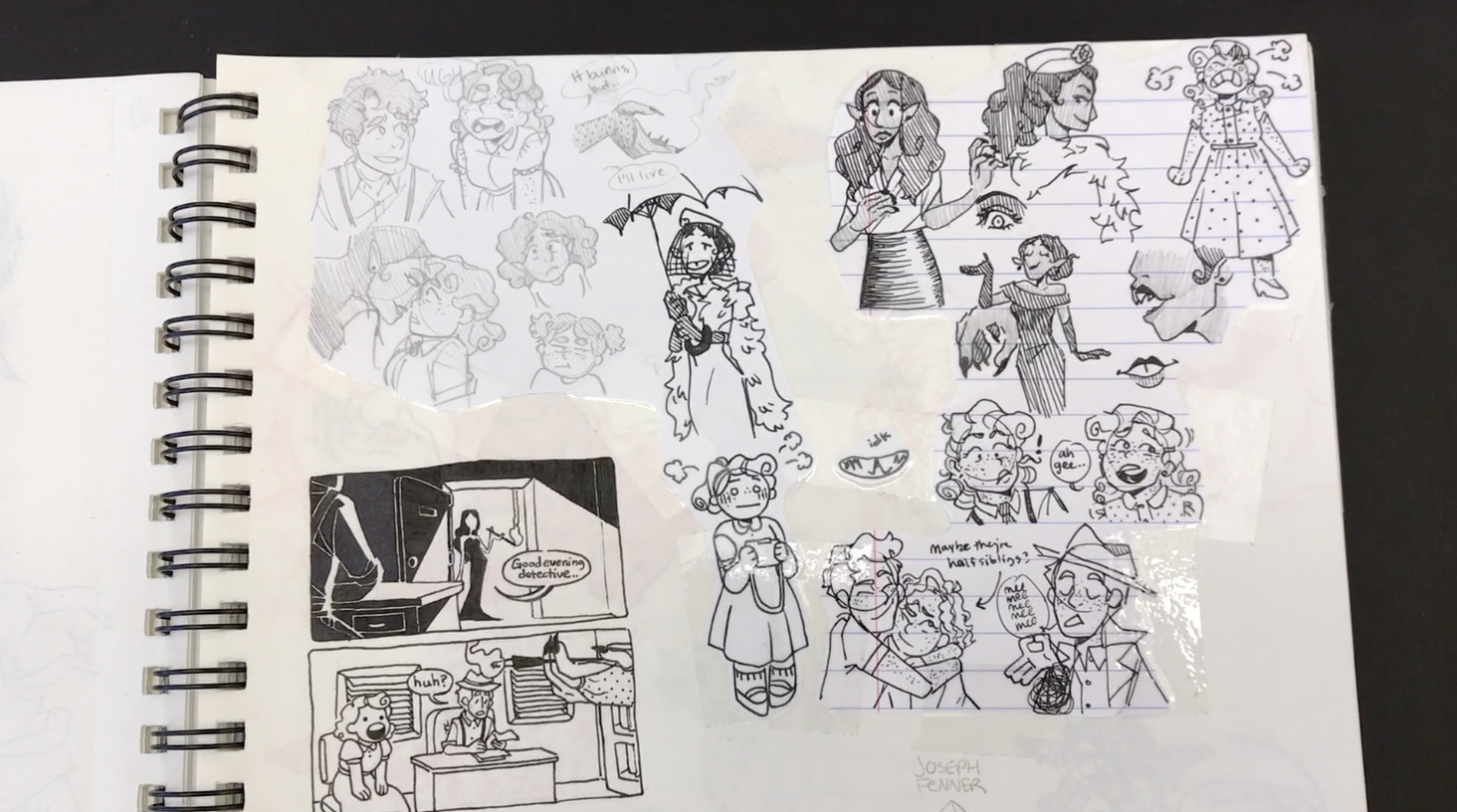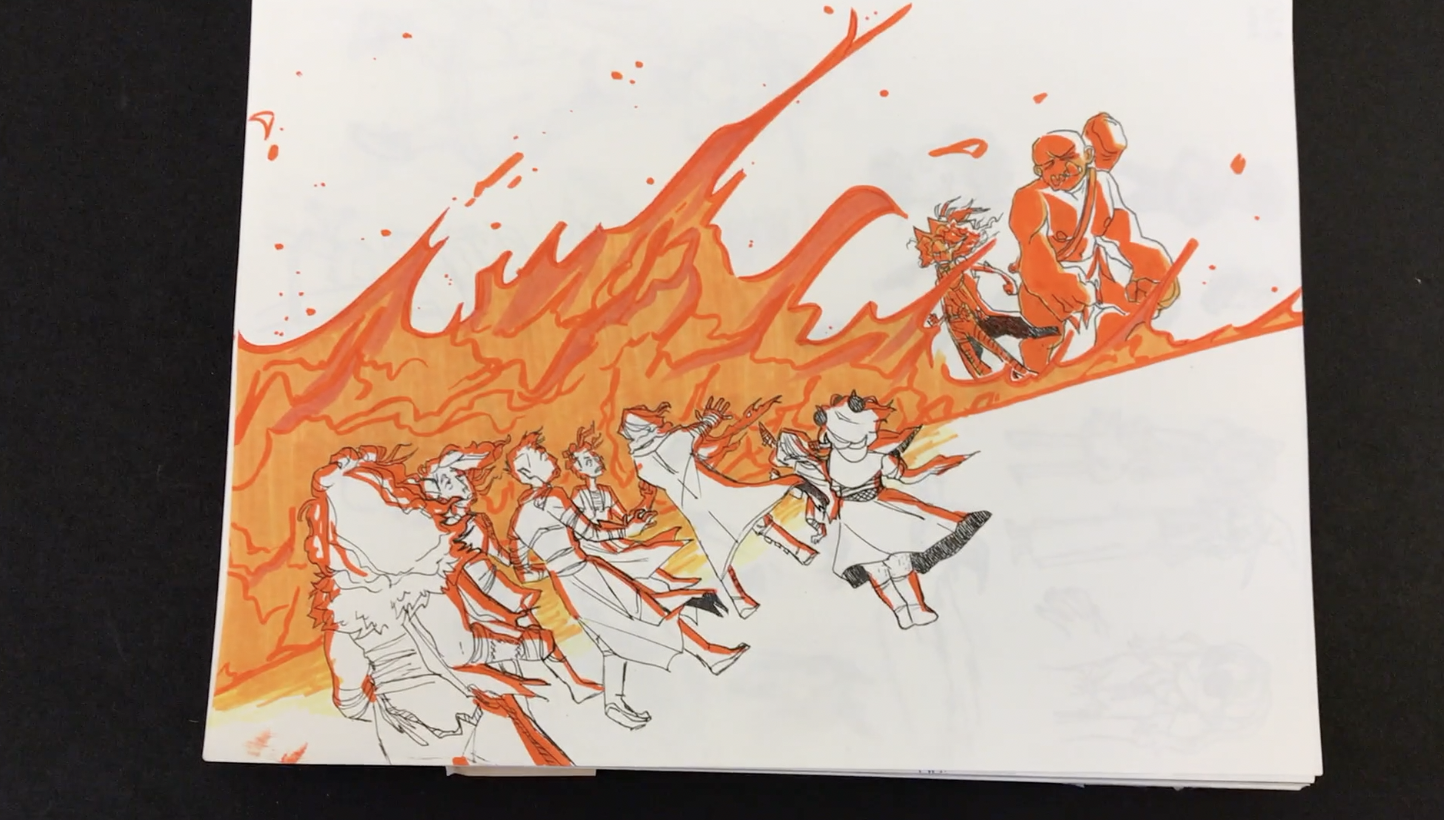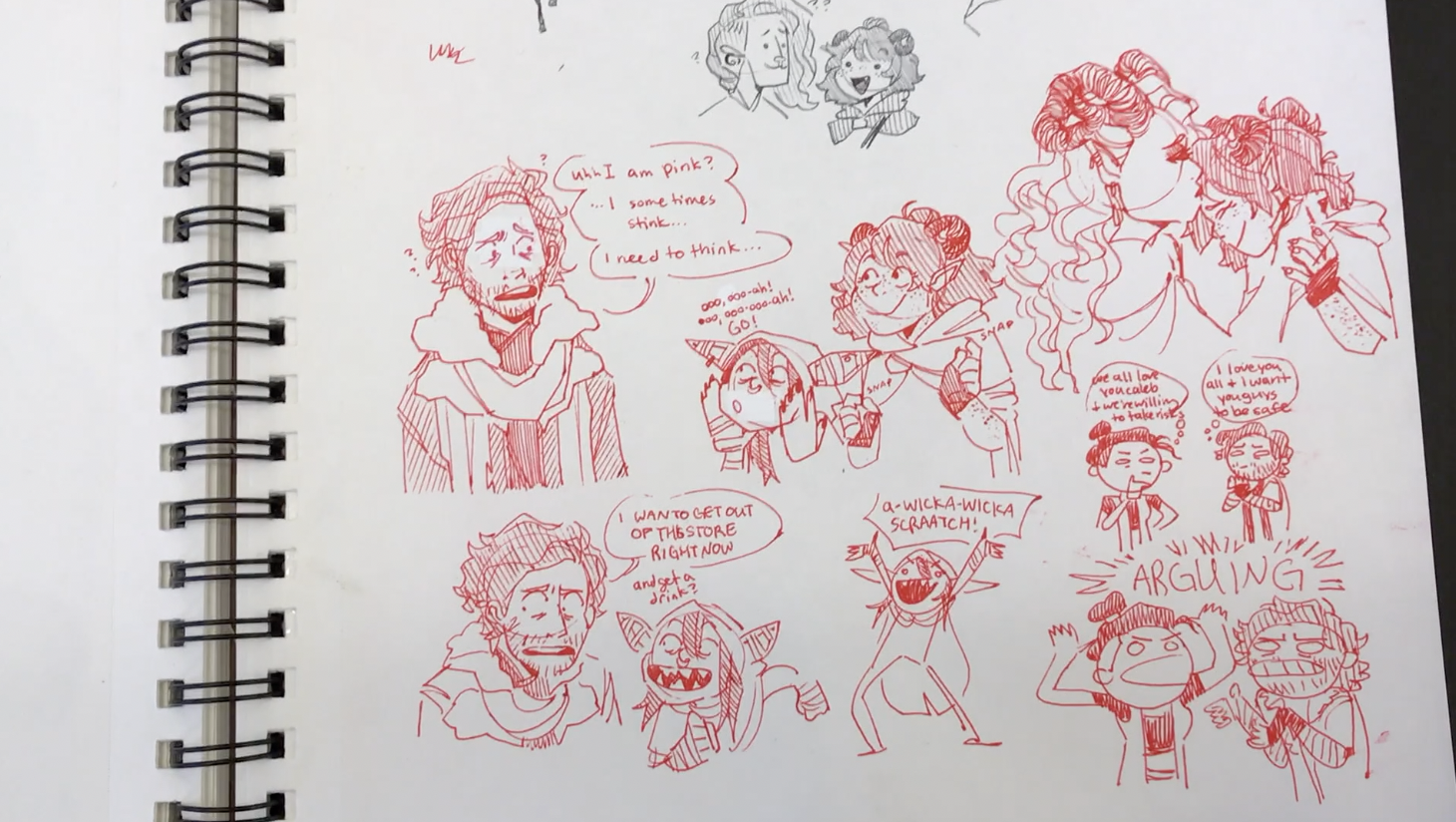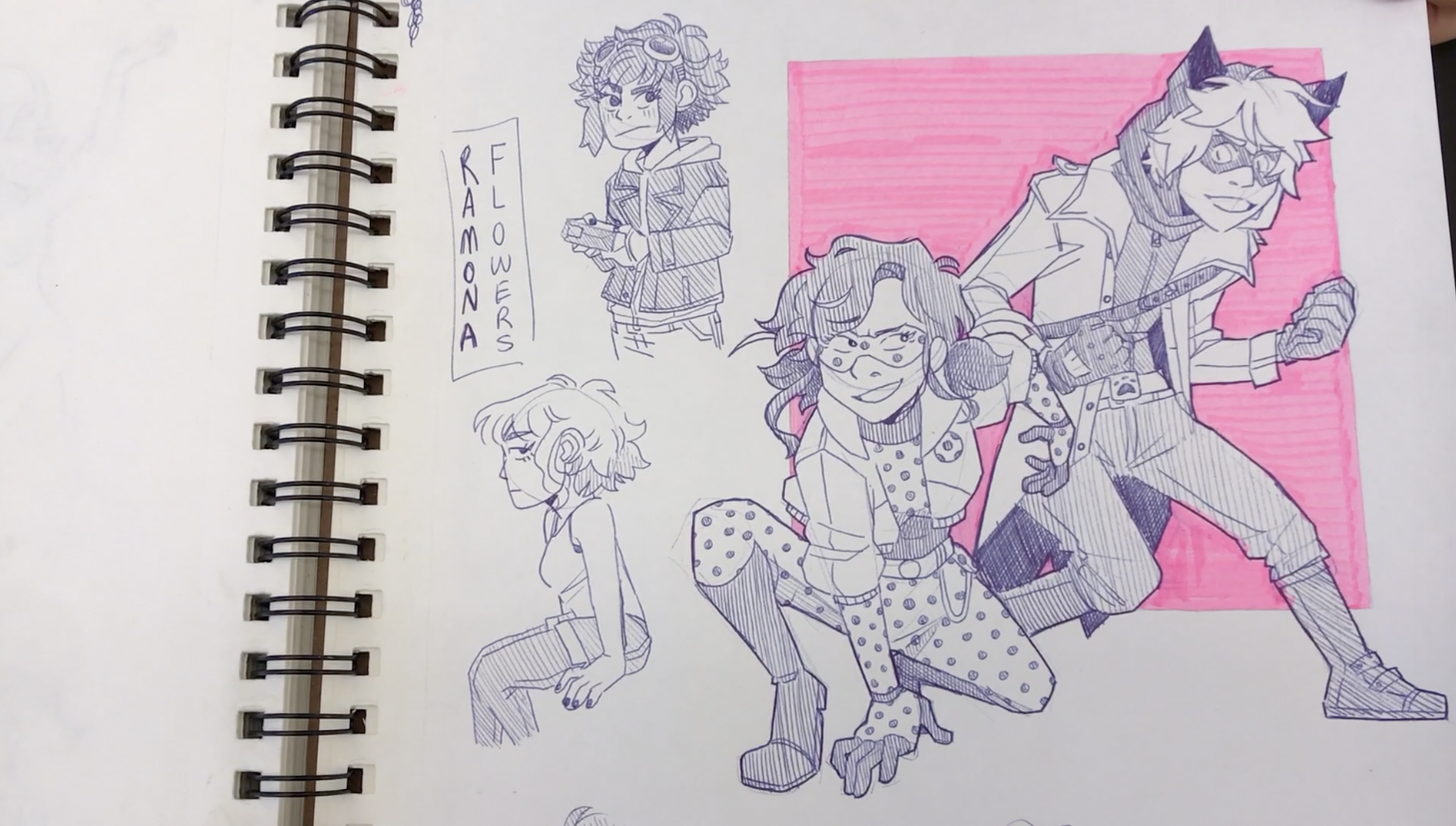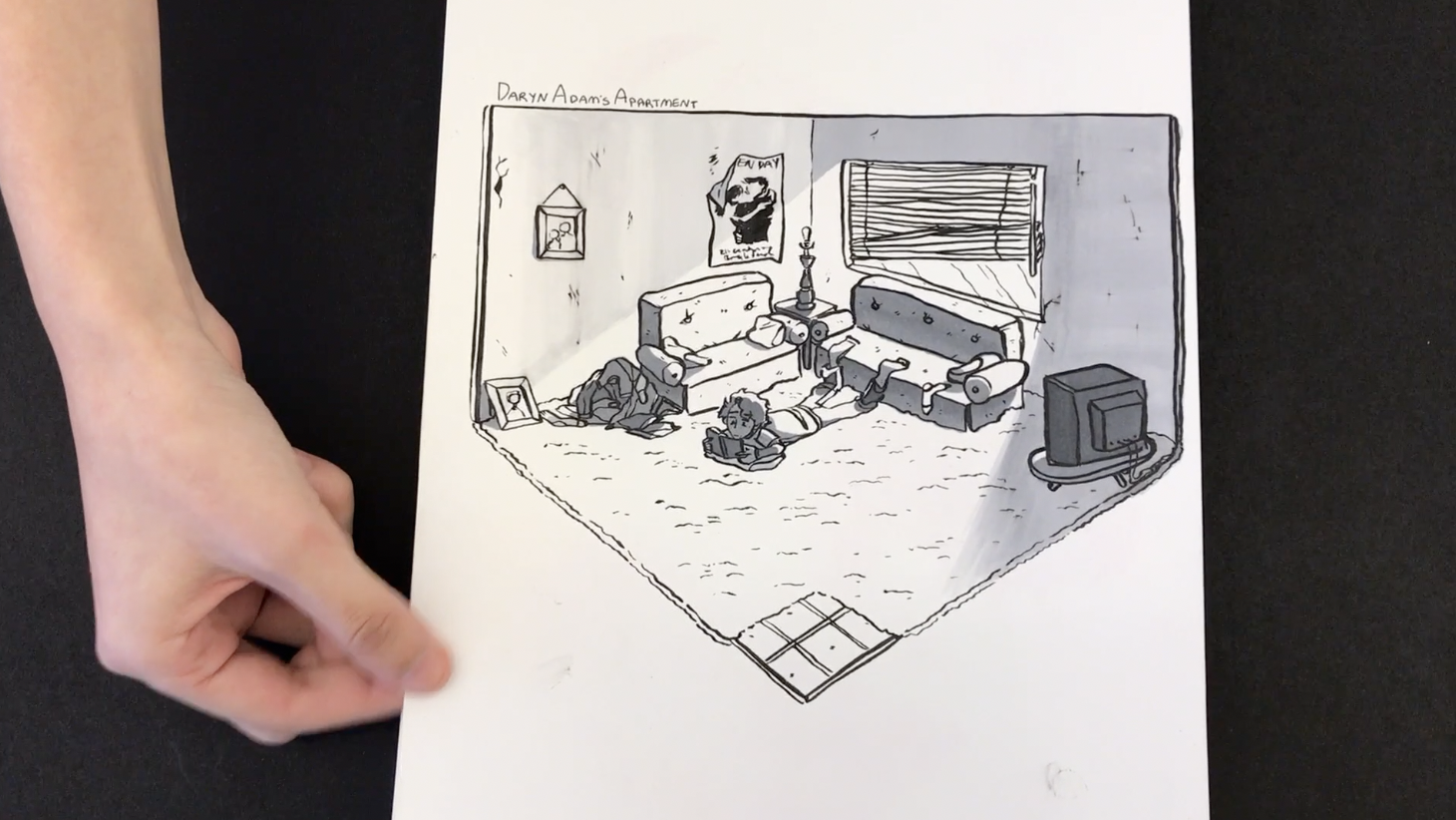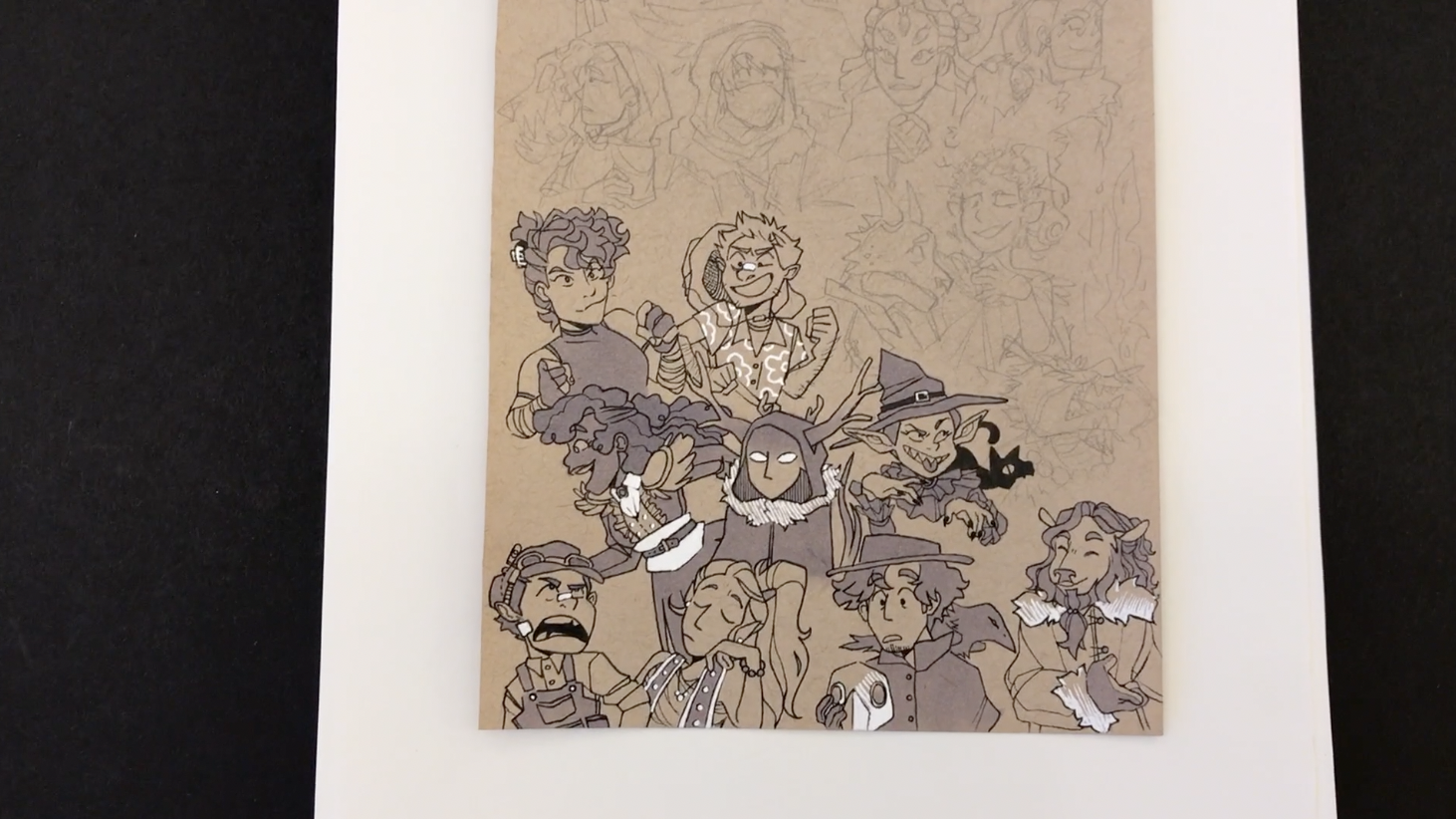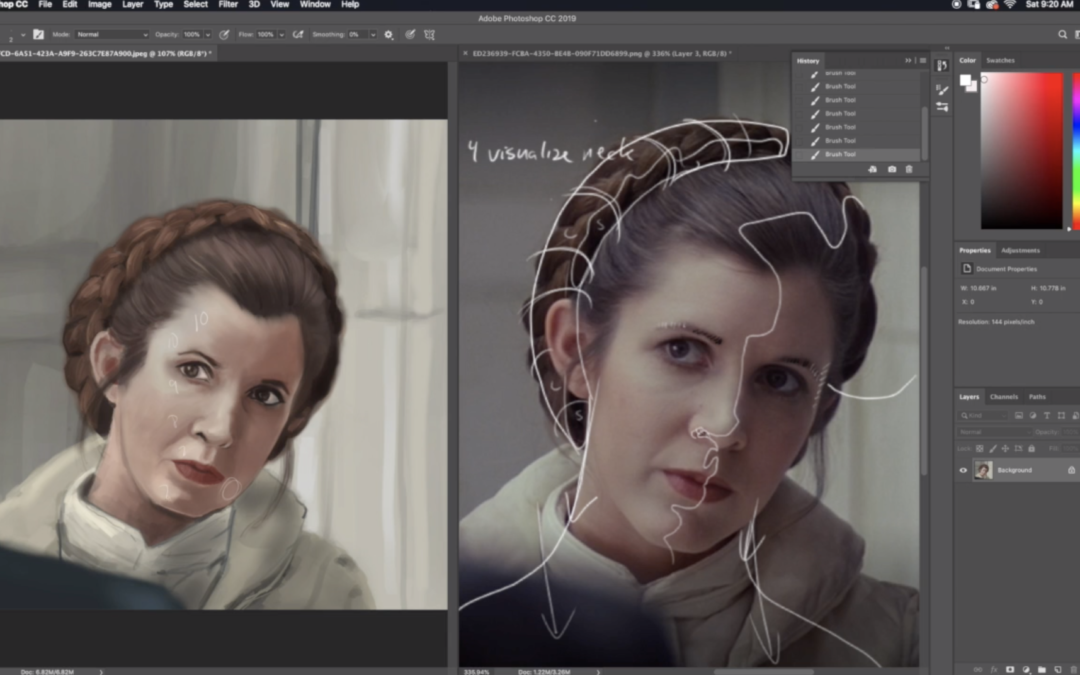
Coaching Options
Sean signed up to the One Month Coaching roughly three weeks ago. He was gracious enough to allow me to share part of his coaching critique with you.
Sean’s goal for the month is to improve his digital portrait paintings. He has improved immensely over the last three weeks. Would you ever consider hiring a coach? It is another expense no doubt.
I have hired coaches in the past, let’s just say I had a good experience. I hired a business coach, we met weekly. It was great to have someone on my side helping me achieve my goals.
There were things that he could see from the outside looking in that I would have never seen if I kept plodding along.
What I liked was being held accountable. It was certainly a challenge to fit the work in for the weekly deadline, but it was worth it.
I have also hired software coaches as well as a fitness coach. I felt empowered with their help. The problem is when the coaching is over. Sometimes we find ourselves going sideways instead of forwards.
That is why I have added an additional option to my coaching services.
Yes, I have the one month option which is great, not too short, not too long. I also offer the two-month coaching. Admittedly this is certainly for type-A personalities who are on a mission.
I have now added a bi-weekly subscription-based option for $87 a month.
What that includes is a forty-five-minute personalized critique followed up with a forty-five-minute phone call, every other week.
This new bi-weekly coaching option works great as a follow up to one or two month options.
Considering the time and effort put into the critique and call the price is well worth it. This monthly option will keep you heading towards your goals like never before.
If this sounds like something you might be interested in let me know. I would be happy to answer your questions.
To have a professional artist who has been teaching for twenty-two years at the School Of Visual Arts study and analyze your work to see how you can improve for $87. per month is totally worth it.
Not to mention having either years worth of experience working as a freelance illustrator for some of the biggest publishing companies in the world, including National Geographic Explorer, Bantam DoubleDay Dell, as well as Scholastic just to name a few.

